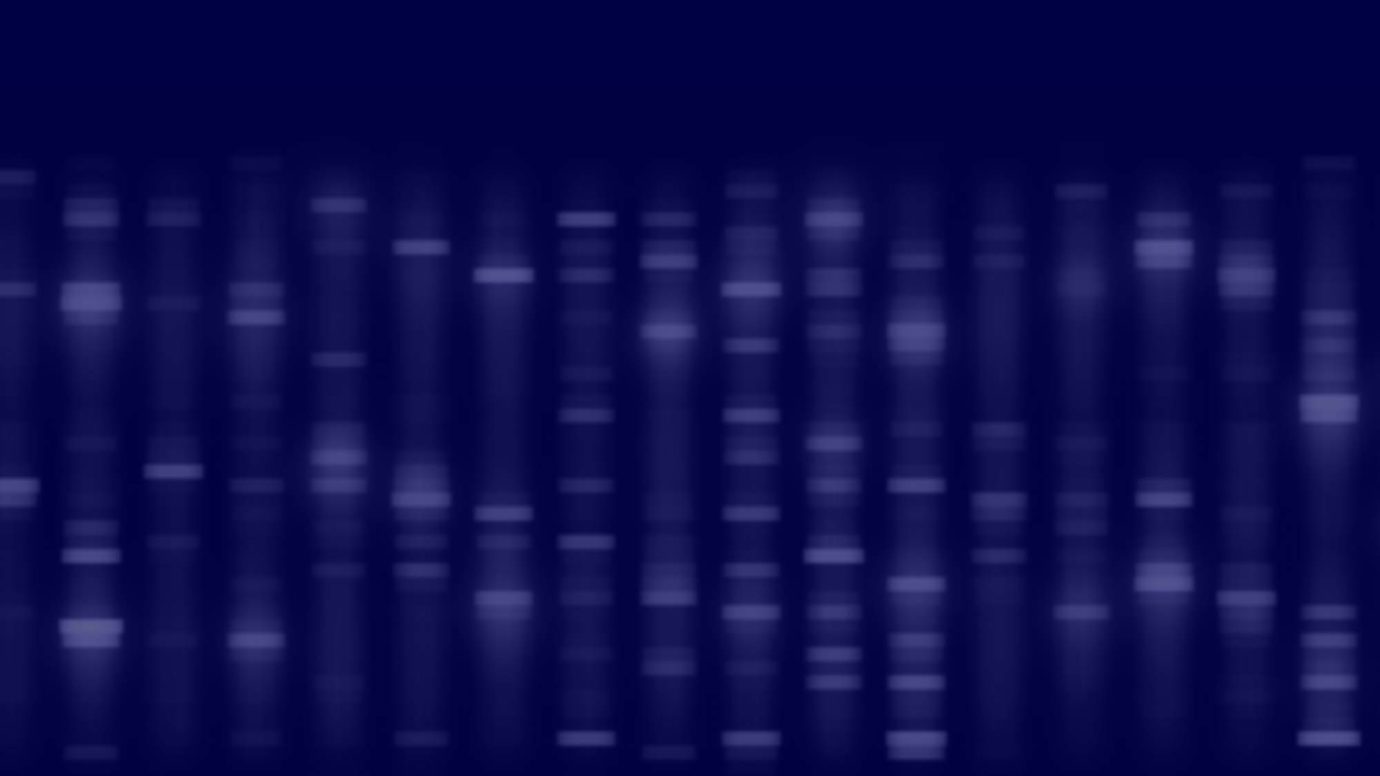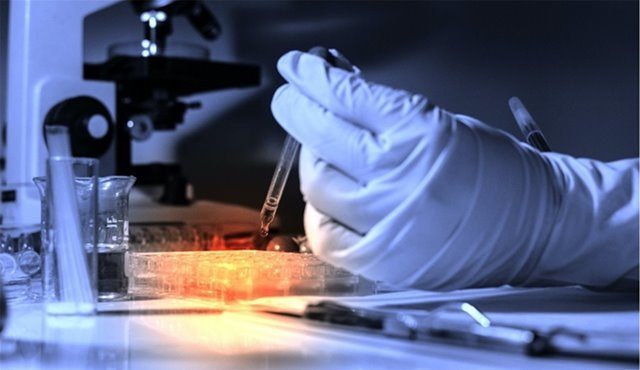Phase 0 Microdosing
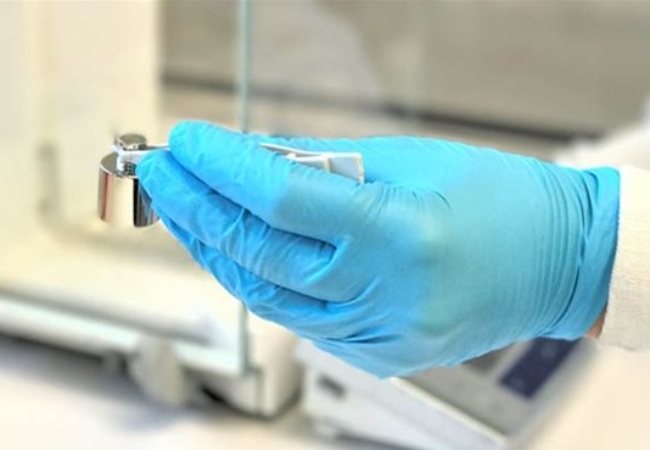
Phase 0 Microdosing Services
Pharmaron offers the design and execution of Phase 0 microdosing studies to help enable our partners confidently select the most promising lead candidate for further, continued drug development. Sub-pharmacological human microdosing studies (Phase 0) can provide accurate, predictive human PK/ADME data (compared to allometry) for many new compounds.
Scalability of PK data for microdosing studies is linear for approximately 85% of drugs that are orally administered and 100% for drugs administered IV. The best model of human is human, especially when metabolism data from a variety of animal models is not providing a predictive or accurate model for human. This data can de-risk lead candidate selection for successful Phase I clinical development. Microdosing can also address absorption and systemic exposure, in addition to assessing exposure in specific tissues such as skin and lung.
For Phase 0 clinical designs, the microdose can be administered by both the oral and IV routes in an oral/IV cross-over design. This design provides data for both metabolism and PK, as well as absolute bioavailability.
Capabilities
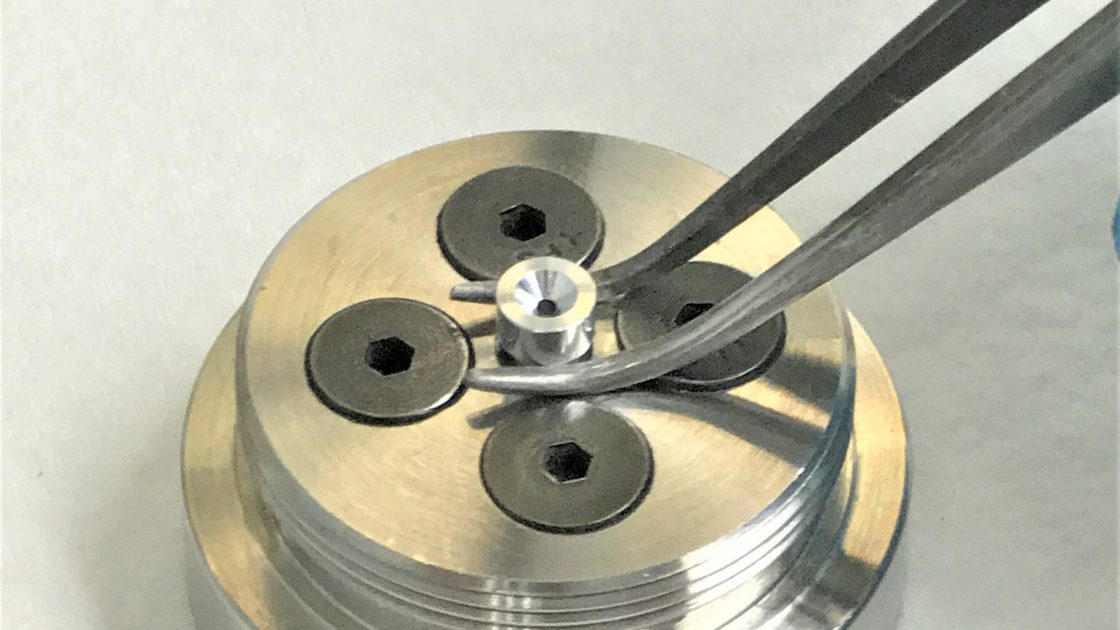
Microdosing Studies with either Stable (13C) or Radiolabelled Isotopes (14C) of Carbon
- Microdose administration of stable label (13C drug) with quantitation by LC-MS/MS (assuming sensitivity of the assay can reach the required LLOQ)
- Microdose administration of radiolabel (14C drug) with quantitation by LC+AMS (ultra sensitivity of AMS typically reaches much lower LLOQs than LC-MS/MS with more rapid method development and validation turn-around times)
0
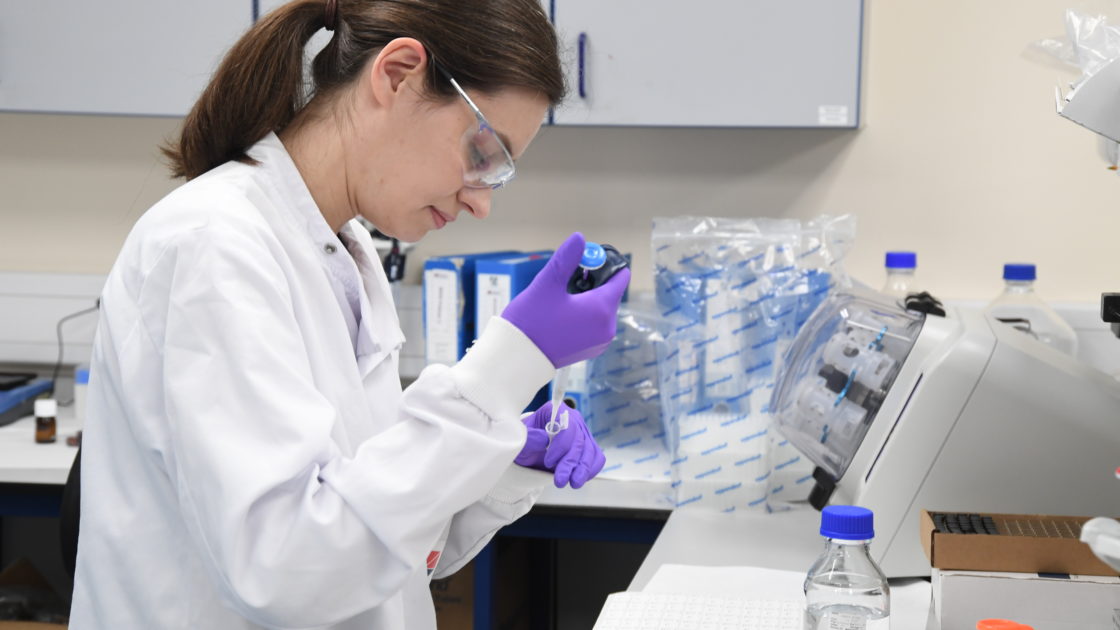
Microdosing Applications
- Lead and backup compound selection
- Comparator studies with existing marketed drug(s)
- Drug-drug interaction (DDI) studies using cassette microdosing with probe substrates (for enzyme inhibition/induction)
- Combination 14C microdose – 11C PET PK/PD studies, for CNS compounds
- Drug targeting and tissue disposition (e.g. anti-cancer drugs in DNA samples from human tumor biopsies, respiratory drugs in bronchoalveolar lavage samples for human lung disposition)
